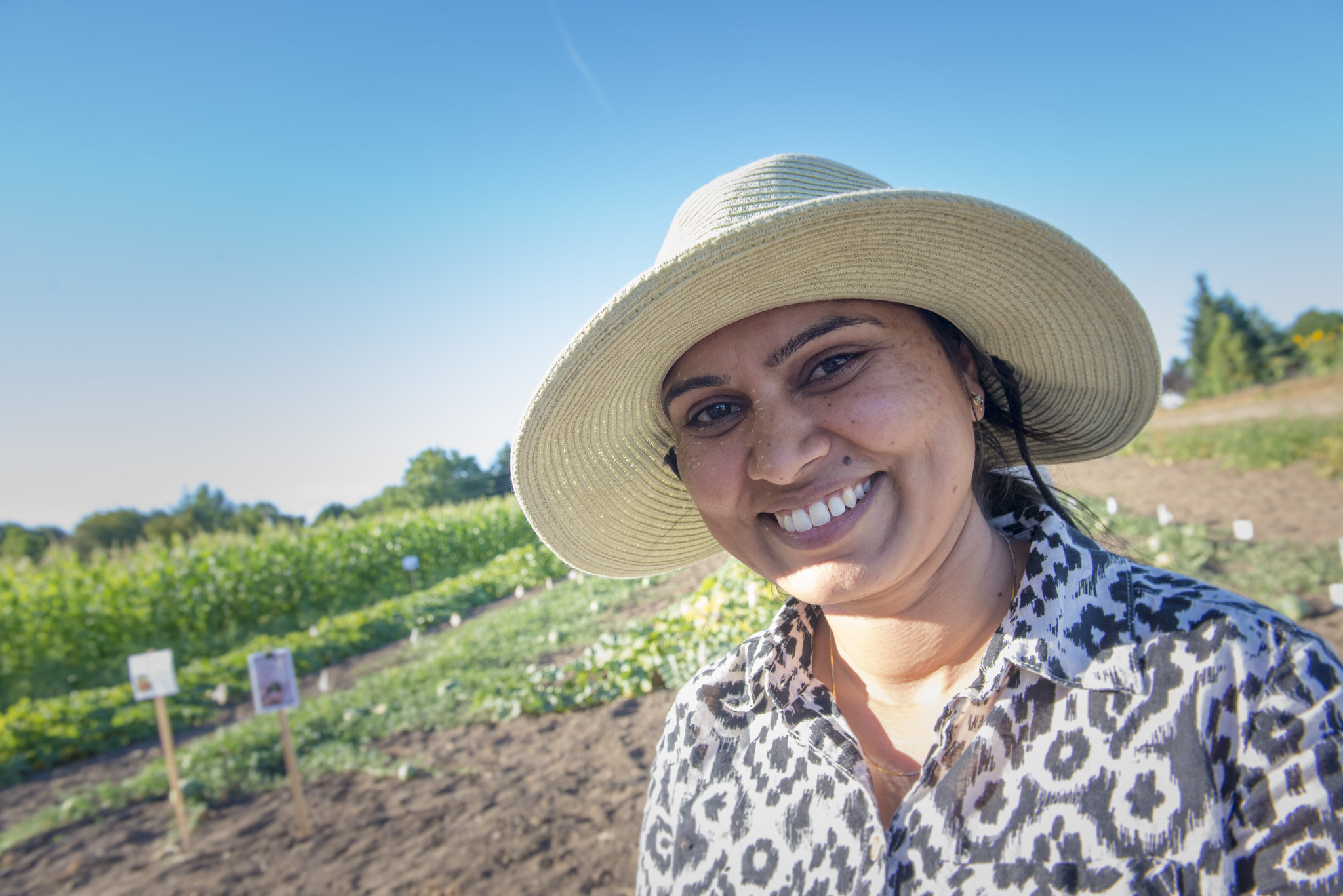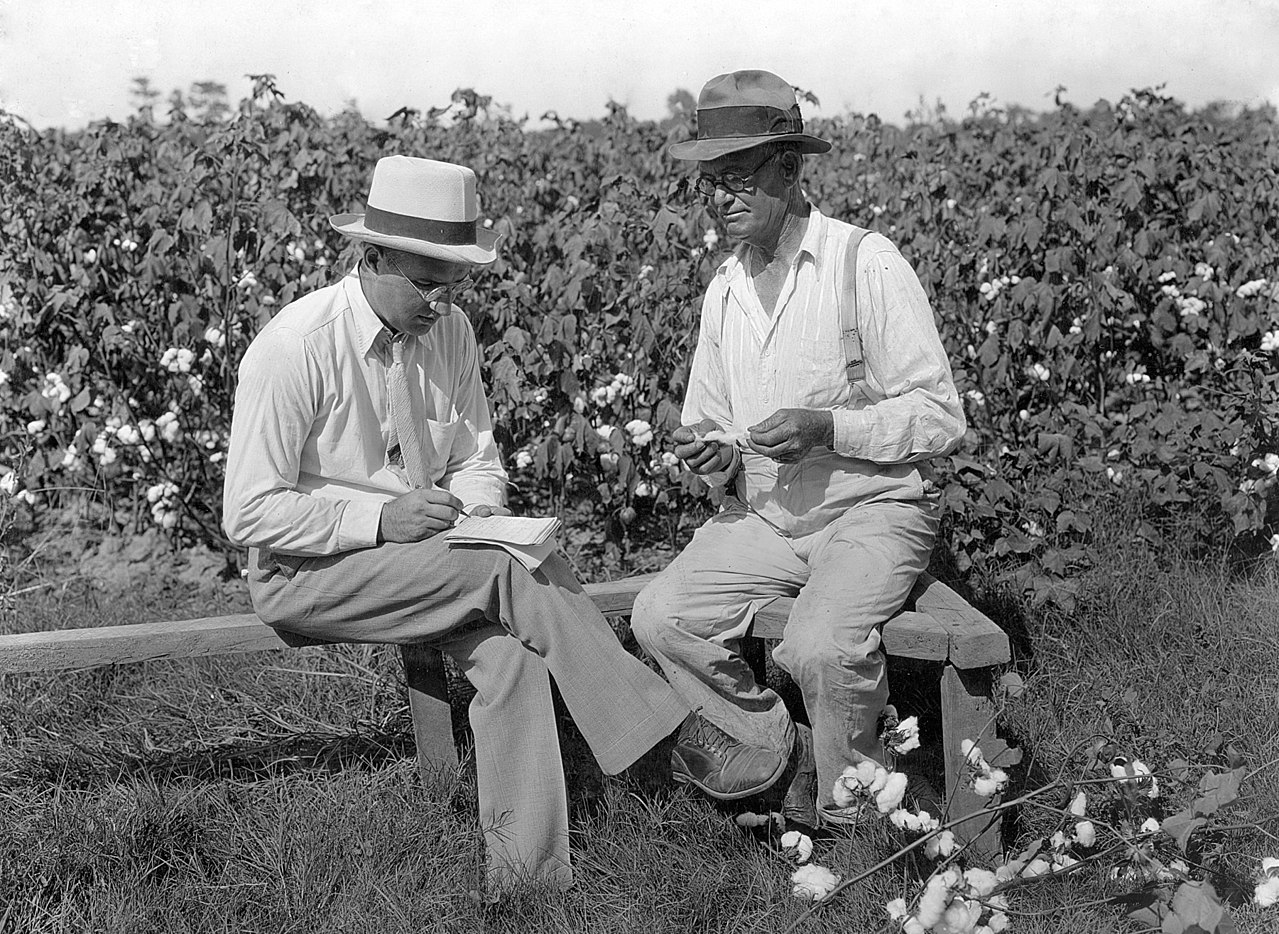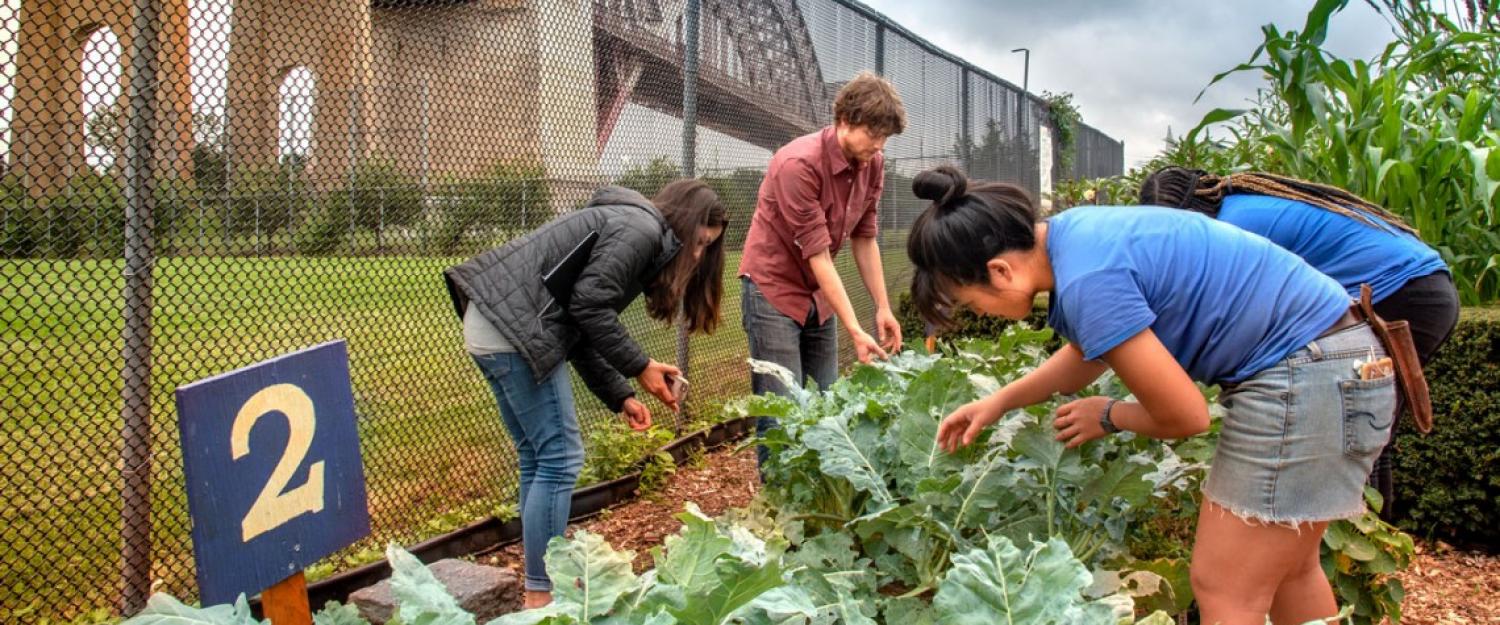
You want your lawn to look thicker and feel more comfy on bare feet. You don’t have to hire a professional for help. It’s as simple as contacting your local Cooperative Extension Service to get free advice.
They offer their expertise and educational programs for the area in which their residents live. They cover so many subjects including soil, climate, plants, diseases, pest management and other subjects relating to food, nutrition and food safety; home, family and well-being; the environment; agriculture; and community development. And one of the best things about all of this is most of their services are free – yes, free – for rural and urban residents.
“Extension services are very broad from livestock production to crops to food preservation and food safety to 4-H club,” says Richard Jauron, extension horticulturist for the Iowa State University (ISU) Extension and Outreach in Ames, Iowa.
County offices and local offices of the extension service can be easily and conveniently found in town courthouses, post offices and other local government buildings, according to the U.S. Department of Agriculture (USDA), which began the services. The extension offices and extension agents are there to improve the quality of life for families, the elderly and the young.
Moving Beyond Rural Roots
Cooperative extension offices offer equal opportunity access for anyone living in the United States.
“The extension has always been more known to rural clients versus urban clients,” he adds. But the cooperative extension services are offered even in the biggest of metropolitan areas.
You can find out all kinds of answers from an extension center when it comes to gardening, landscaping and lawns. They can help you with backyard composting, growing all types of fruits and vegetables, best fertilizers for certain soils, pruning, frost warnings, landscape water conversation or which annual flowers are best in the shade.
“There are all kinds of PDFs online on many subjects. You can also email experts for specific questions,” Jauron says.
When the Cooperative Extension Service Began
The cooperative extension service started in 1914, according to the Farmer’s Almanac. The USDA teamed up with Land-Grant University (LGU) Systems coast to coast (such as ISU) to create the cooperative extension system. It began as a resource for farmers to get free advice but grew to helping families, youth and the communities in which these extension offices work in. Those free services and advice continue in all 50 states, although not all are still affiliated with the USDA.
Much of the information and data for extension services comes from The National Institute of Food & Agriculture, which is the partner for the land-grant university system. Its goal is to link scientists, teachers and extension agents to help tackle important problems and concerns dealing with agriculture, food, rural development, the environment and communities.
Extension Services, Then …

… And Now

Extension Offices’ Varied Offerings
Every extension service can vary what it offers depending on the needs of a certain area. The 4-H Club is part of its programs along with the Master Gardener Program, which trains volunteers to be horticultural experts and teachers in their communities, says Jauron.
If you need help with your lawn and landscaping, just check out your local extension program’s website. You’ll find FAQs, PDFs, email addresses for specific extension agents and their expertise, along with phone numbers for quicker responses.
Where the needs of the population are different, the programs change. Manhattan residents, for example, have little need for soil testing. Yet, the 4-H program run with Cornell University’s Extension service is still active. But instead of helping youths raise prized heifers, there, it engages youth in programs that build skills in engineering, math, literacy, nutrition and health.
Another example of what some extension programs offer is the University of Illinois Extension’s effort to help end hunger for the 15.7% of the state’s children who don’t know where their next meal is coming from. The state university extension service supports Master Gardeners’ community gardens to increase fresh produce available for local residents, particularly low-resource populations. The food went to the less fortunate through food pantries and food banks, senior citizens centers, community social service agencies, local community and youth participants, and a children’s home.
The New Mexico State University Extension Service offers 33 local extension offices. One of those counties, Chaves, gives added information for the many backyard pecan growers along with composting, lawn care for disease control, pruning of tree techniques, vegetable gardening expertise and tree offerings from the New Mexico State Forestry Division.
How to get your soil tested
One of the perks of many local extension offices offer is soil testing to make sure you have the right pH and nutrient levels to grow what you want to grow. Jauron says that you can send in your samples for $15 to $20 to local or state extension services. However, Iowa stopped last year doing soil testing because it wasn’t economically feasible anymore for the university.
“However, homeowners and gardeners wanting to know what’s in their soil or lacking in their soil can send samples to neighboring state extension service soil testing laboratories or hire a private company,” he says.
How to Find Your Local Extension Service
Here’s where to find your state and local extension services for all kinds of help: Just click onto the Land-Grant University Website Directory and go to your state. Once you locate your state, click on it. There usually will be a tab to locate your local county extension office.
Jauron gets a lot of calls and emails about when to plant something or where to plant them.
“There can be so many factors such as weather, insects, disease, sunlight or shade. Many times the questions I get really depend on the season,” he says.
Extension service agents like Jauron continue to be there every season to help with a variety of your questions. Just give them a chance to enlighten you with their expertise on whatever challenges your backyard, front yard or anywhere in between.
Main image: Oregon State University Extension soil scientist Pukhraj Deol, who organized a community soil-testing event. Credit: Flickr